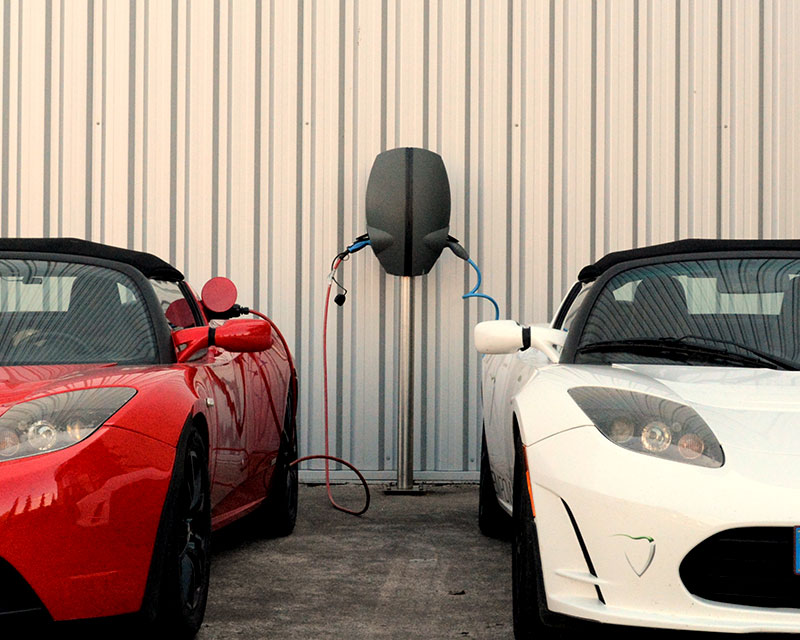Electrification Status of Passenger Cars
15068
From 2015 to 2016
In collaboration with Öko Institut and TNO, TML assessed passenger car electrification and environmental impact for 2050 by collecting data and running simulations on EV penetration in the EU. TML analysed the transport sector with the MOVEET model.
Together with Öko Institut and TNO, TML supported EEA in assessing the current status of passenger car electrification and the potential environmental and European energy system impacts in 2050. In particular, TML helped to (i) collect and analyse data on Member States' strategies for promoting EV penetration and (ii) simulate the effects of different future EV penetration scenarios on energy consumption, CO₂ emissions, and air pollution.
Three future scenarios were developed:
- A reference scenario in which the EV penetration rate at EU 28 level rises to 4% of the total passenger car stock in 2013 and 8% in 2050 (i.e., the penetration rate follows the EU reference scenario based on Capros et al., 2013).
- A mid scenario in which we assume EV penetration will reach 20% in 2030 and 50% in 2050.
- A high scenario in which we assume EV penetration will increase to 30% in 2030 and 80% in 2050.
TML analysed the transport sector with the MOVEET model and Öko Institut examined the electricity system. We can conclude from this that additional electricity will be needed in the European Union to meet the additional energy demand coming from an 80% share of electric cars in 2050 (high scenario). The share of total electric vehicle electricity consumption in Europe will increase from 0.03% in 2014 to around 4 - 5% by 2030 and 9.5% by 2050.
An increase in electric vehicle consumption has important implications:
- Lower CO₂ and air pollutant emissions from the transport sector itself.
- Higher emissions from related electricity generation.
- An overall net benefit in terms of lower CO₂ and air pollutants, i.e., NOx and PM.
- An overall increase in SO2 due to emissions from the electricity generation sector.
The potential of renewables to power electric vehicles can then play an important role in EU plans to shift to a low-carbon transport system and reduce greenhouse gas emissions by 80 - 95% by 2050.


